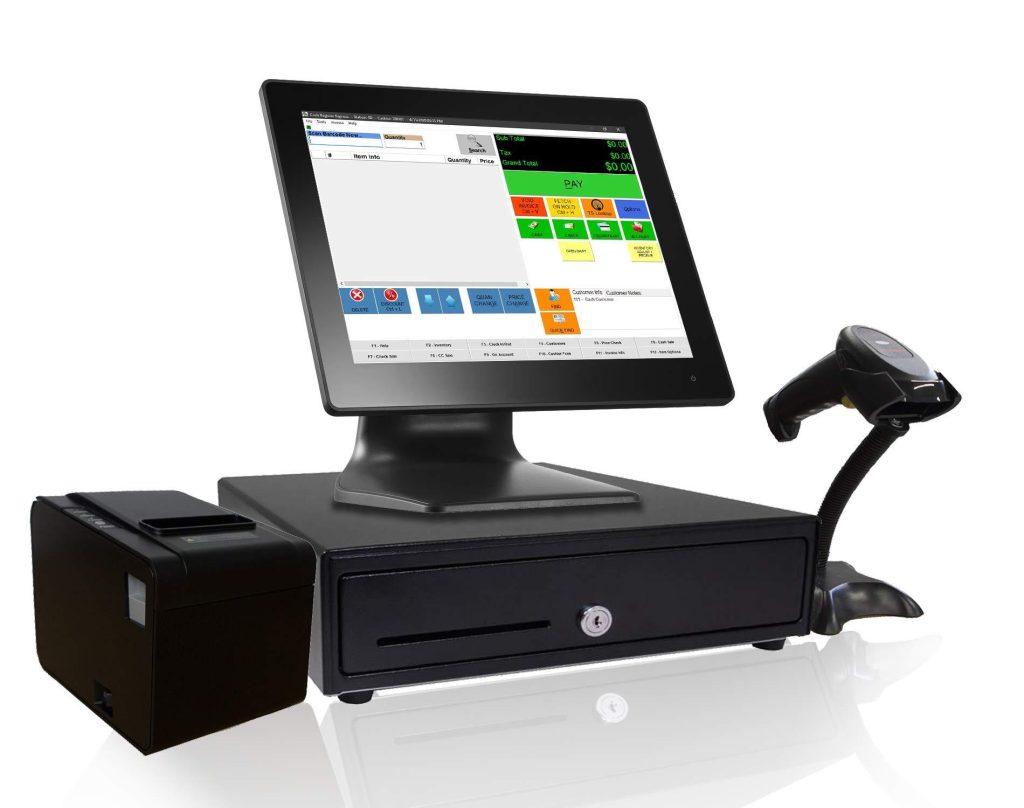
As the digital landscape continues to evolve, providing an exceptional user experience has become a top priority for businesses and organizations. One crucial aspect of achieving this goal is through the implementation of responsive web design. In this article,we’ll delve into the world of responsive web design,exploring its benefits,practical tips,and real-life case studies.By the end of this comprehensive guide,you’ll be equipped with the knowledge to unlock seamless user experiences and take your website to the next level.
What is Responsive Web Design?
Responsive web design is an approach to web development that focuses on creating websites that adapt to different screen sizes, devices, and orientations.The primary goal is to provide an optimal viewing experience, nonetheless of how users access your website. This is achieved through the use of flexible grids, images, and media queries, which enable your website to respond and adjust its layout accordingly.
Benefits of Responsive Web Design
So, why is responsive web design so important? Here are just a few benefits of incorporating this approach into your web development strategy:
- Improved User Experience: Responsive design ensures that your website is easy to navigate, regardless of the device or screen size.
- Increased Conversions: By providing an optimal viewing experience,you can increase the chances of converting visitors into customers.
- Enhanced Search Engine Optimization (SEO): Google favors responsive websites in search engine results, as they provide a better user experience.
- Cost-Effective: Responsive design eliminates the need for separate mobile websites, reducing development and maintenance costs.
Practical Tips for Implementing Responsive Web Design
ready to get started with responsive web design? Here are some practical tips to help you create a seamless user experience:
| Tip | Description |
|---|---|
| 1. Use Flexible Grids | Utilize CSS grids to create a flexible layout that adapts to different screen sizes. |
| 2. Optimize Images | Use image compression and responsive image techniques to reduce page load times. |
| 3.Leverage Media Queries | Use media queries to apply different styles based on screen size, device, or orientation. |
| 4. Test and Iterate | Test your website on different devices and screen sizes, and make adjustments as needed. |
Case Studies: Real-Life Examples of Responsive Web Design
Let’s take a look at some real-life examples of responsive web design in action:
One notable example is the website of Microsoft. Their website features a responsive design that adapts seamlessly to different screen sizes and devices. The use of flexible grids, images, and media queries allows for an optimal viewing experience, regardless of how users access the site.
Another example is the website of Starbucks. Their website features a responsive design that provides a consistent brand experience across all devices. The use of responsive design has improved the overall user experience, leading to increased engagement and conversions.
First-Hand Experience: Implementing Responsive Web Design on a Client Project
We recently worked with a client who required a responsive website that would cater to a wide range of users.The project involved creating a website that would adapt to different screen sizes, devices, and orientations. By using flexible grids, optimizing images, and leveraging media queries, we were able to create a seamless user experience that met the client’s requirements.
The results were notable, with a important increase in website traffic and engagement. The client reported a 25% increase in conversions, which was directly attributed to the implementation of responsive web design.
Conclusion
responsive web design is a crucial aspect of creating seamless user experiences.By providing an optimal viewing experience, regardless of the device or screen size, you can increase conversions, enhance SEO, and reduce development costs. By following the practical tips outlined in this article and learning from real-life case studies, you can unlock the full potential of responsive web design and take your website to the next level.
Remember, responsive web design is not just a trend – it’s a necessity in today’s digital landscape. By prioritizing user experience and adapting to the ever-changing needs of your audience, you can stay ahead of the competition and achieve long-term success.
So, what are you waiting for? Start implementing responsive web design today and unlock the secrets to creating seamless user experiences that drive results.



